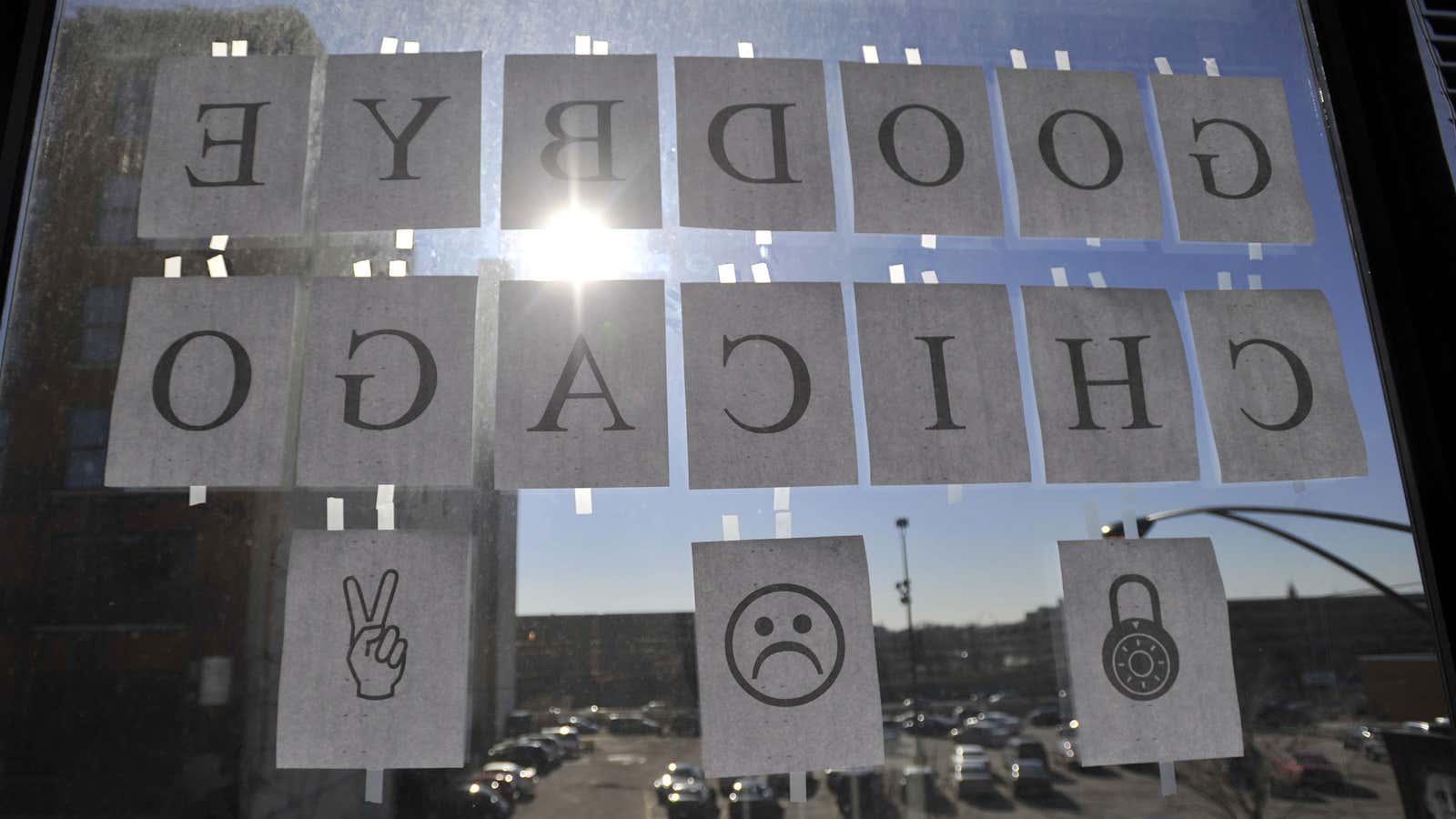Like most library students, I learned about the Dewey Decimal System, the Library of Congress, and the father of the American public library, Andrew Carnegie. But I also learned about the necessary transformation of the library in the 21st century.
In order to survive, it was hammered into our brains again and again, a library has to be more than just a “brick and mortar” receptacle of books. It needs to be a technical hub, a community center, a place you might go instead of Starbuck’s.
So I’m happy to see libraries as “more than books” so often in the news today, whether it’s lending out tools and fishing poles, providing recording equipment for aspiring musicians, or offering classes and even a chance for community members to earn their high school diplomas.
However, while these ideas may seem new, they’re long part of a forgotten piece of American history: the settlement house. Namely, Jane Addams’s Hull House of Chicago.
Jane Addams was born the youngest of nine children to a well-to-do family. Her father, John Addams, was a member of the Illinois Senate for 16 years and a friend of Abraham Lincoln’s, and while her mother died when Addams was only two, she was forever inspired by memories of her mother’s kindness to the poor.
With her father’s encouragement, Addams first attended college at the Rockford Female Seminary, then at the Woman’s Medical College of Philadelphia. Although she didn’t complete her degree due to the health issues, she continued her voracious reading habit, eventually stumbling on the idea of starting a settlement house.
The settlement movement began in the 1880s with the “goal of getting the rich and poor in society to live more closely together in an interdependent community.” The first settlement house, Toynbee Hall, was established in London in 1884. Addams visited Toynbee Hall in the late 1880s and described it as “so unaffectedly sincere and so productive of good results in its classes and libraries.”
In 1889—the same year that the first Carnegie library was built—Addams founded Hull House in Chicago, the first settlement house in the U.S.
Hull House offered a variety of services that seem like precursors to the services that libraries are providing today. Like the Arizona libraries that have added public health nurses, Addams and her Hull House co-founder Ellen Gates Starr “volunteered as on-call doctors when the real doctors either didn’t show up or weren’t available.” They also “acted as midwives, saved babies from neglect, prepared the dead for burial, nursed the sick, and sheltered domestic violence victims.”
Volunteers “held classes in literature, history, art, domestic activities (such as sewing),” and practical courses such as bookbinding, “which was timely—given the employment opportunities in the growing printing trade,” which sounds a lot like the free computer classes offered by many public libraries today.
Hull House also provided music lessons (to the likes of a 10-year old Benny Goodman) and helped usher in the Little Theater movement, giving roots to the famed Chicago improvisational theater scene, which would give rise to The Second City.
Of course Carnegie libraries offered an invaluable service—the democratization of knowledge—but where Carnegie libraries provided book knowledge, one could argue that organizations like Hull House provided life knowledge.
Unfortunately in 2012 Hull House was forced to close due to bankruptcy. While settlement houses still exist today, their purpose has changed, focusing instead on “early education, youth guidance and crime intervention, senior programs, and specialized programs for young people who have ‘aged out’ of the foster care system.”
This is where public libraries have stepped in and hopefully can continue to do so. Perhaps as more libraries go digital, this will be free up resources to provide more services and learning opportunities in a different way — in the way of Jane Addams’s Hull House.
